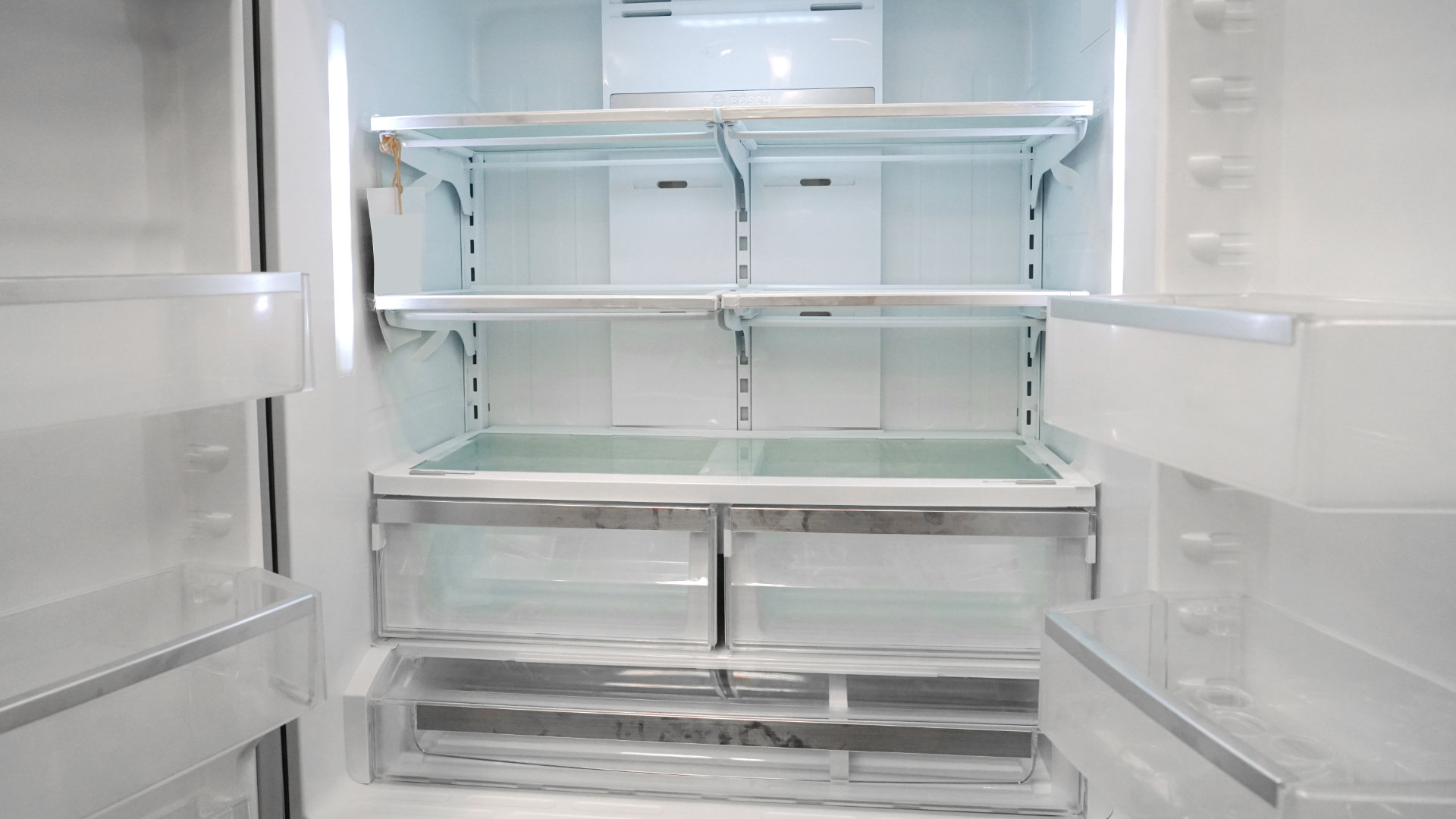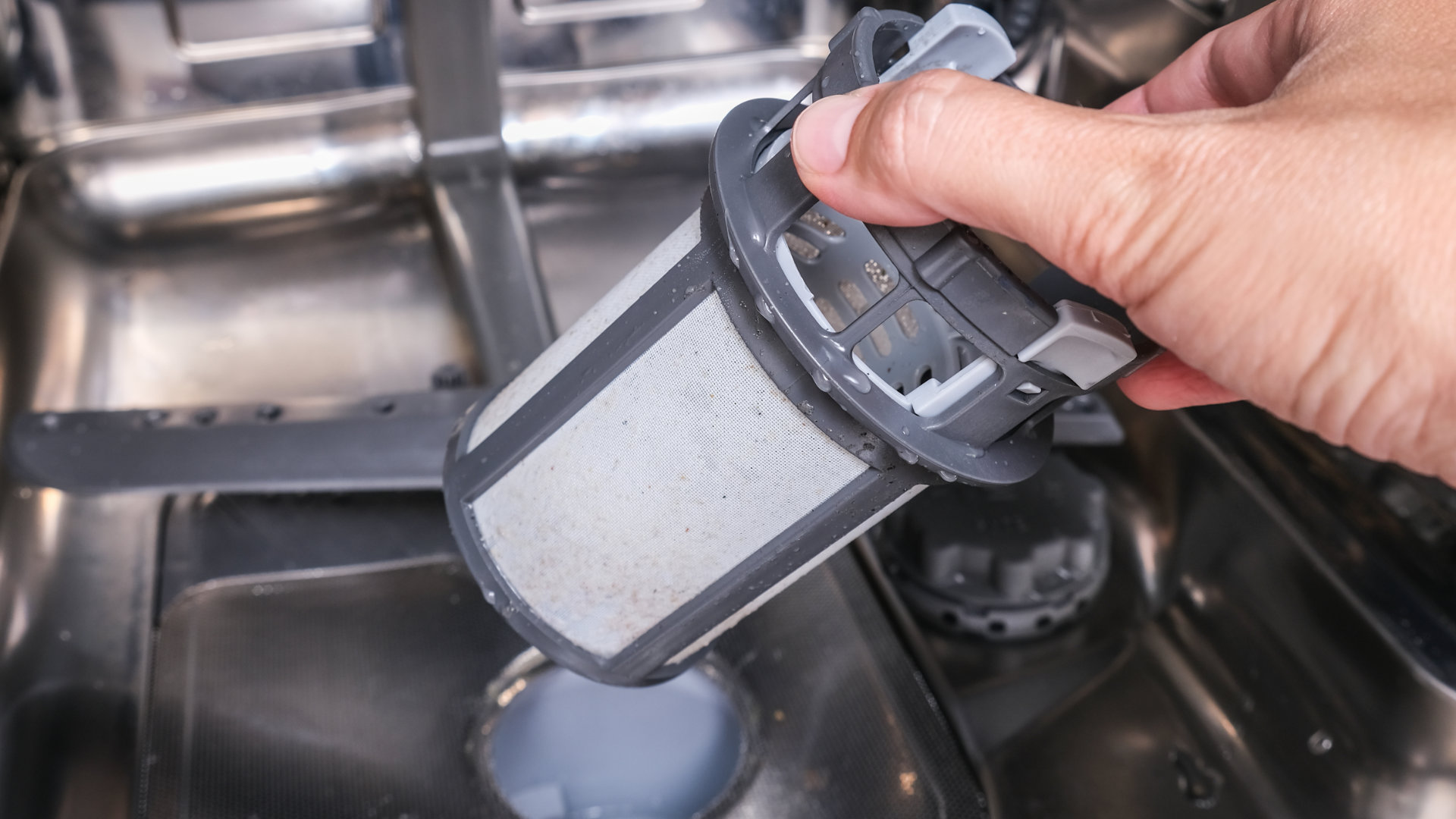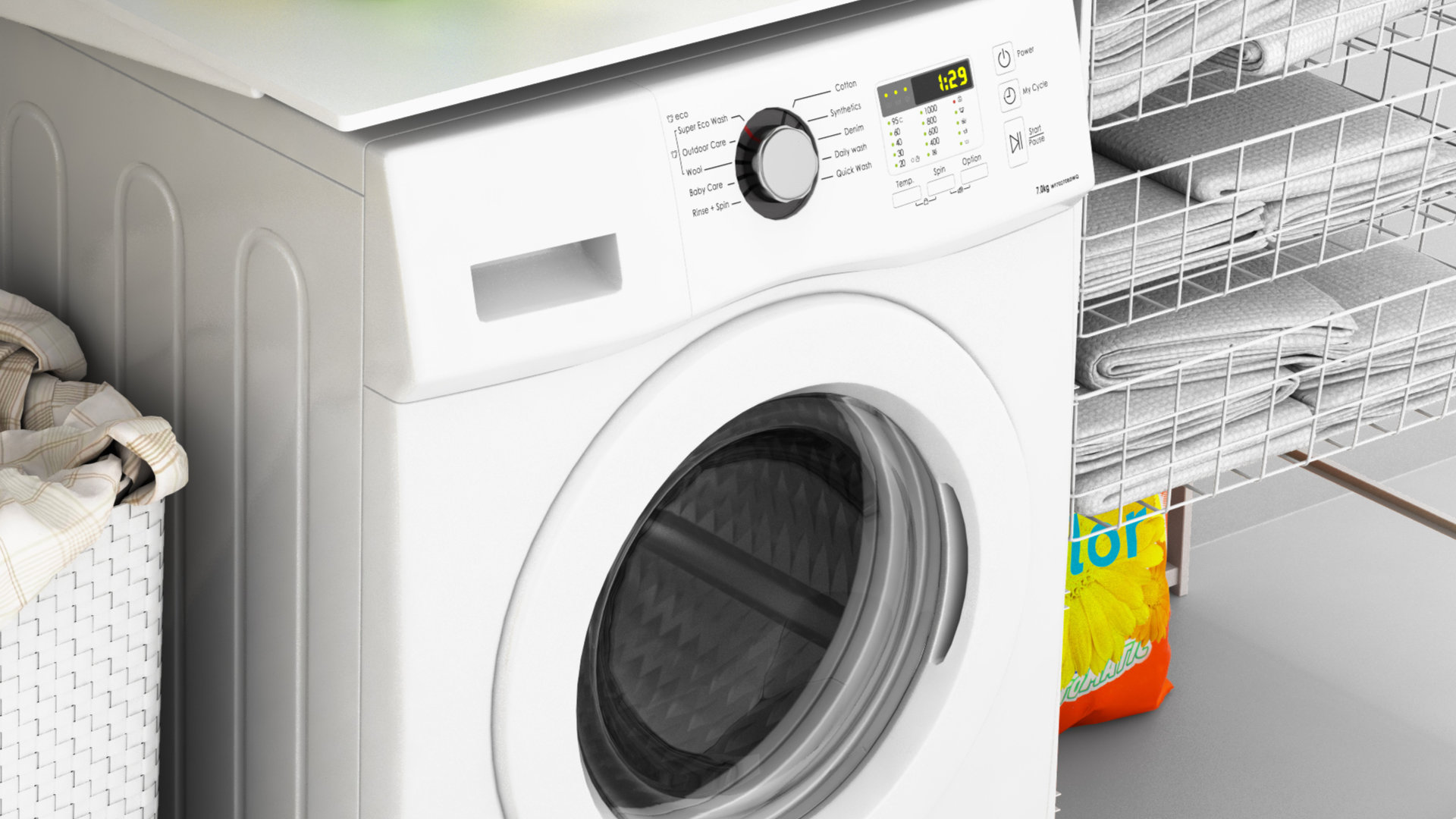
GE’s Profile refrigerators are known for their exceptional design and performance. But sometimes, they can stop working correctly, which will require your attention.
This guide provides expert advice to help you find the cause and fix it. From checking the temperature settings to potential repairs, we give you step-by-step instructions to get your refrigerator cooling again.
Step 1 – Check the Temperature
It’s recommended that your GE Profile refrigerator be set between 37 to 40 degrees Fahrenheit. If the temperature is set incorrectly, your fridge won’t cool down to the correct temperature, and the food and drinks in it might go bad.
To check the temperature settings, locate these settings on the control panel. Once found, ensure the temperature is between 37 to 40 degrees Fahrenheit. If not, adjust the temperature. You will then need to monitor your fridge over the next few hours to ensure the problem has been solved.
If your fridge still doesn’t cool correctly after adjusting the temperature settings, your next task is to use a separate thermostat to check the internal temperature. If the thermostat shows a significantly different reading to your refrigerator’s, move on to step 2.
Step 2 – Make sure Your Refrigerator Isn’t Too Full
If your GE Profile refrigerator is filled with too many groceries, leftovers, and beverages, the ability of your appliance to cool down correctly will be compromised. This is largely due to the airflow becoming disrupted due to the air vents being blocked. To rule out this issue being the cause of your fridge not cooling correctly, ensure there aren’t excess products and containers in your fridge. Pay special attention to the back of your fridge, as this is where the air vents usually are. If necessary, remove or move around products and containers. You can then check if the problem has been solved. If not, move on to step 3.
Step 3 – Check the Condenser Coils
Like most others, GE refrigerators have condenser coils that help keep your appliance cool. To ensure they operate correctly, it’s essential to give them a regular clean, and if they become frosted over, they need to be defrosted. Thankfully, this is a very straightforward task to carry out.
Pull your appliance out from the wall to clean the condenser coils so you can access the back of it. Uncover the panel covering coils and inspect the coils for signs of frost and dust build-up. If you detect frost on the evaporator coils, turn your fridge off and let it defrost before cleaning the coils. If covered in dust, turn your appliance off and clean the coils well.
Once the coils are clean, you can turn your fridge back on and monitor it for a few hours to ensure it is now cooling to the correct temperature. If not, you can move on to the next step.
Step 4 – Check the Door Gasket
The door gasket (or seal) ensures your refrigerator door closes correctly. A defective gasket will allow air to escape and disrupt the desired temperature balance. To inspect the door gasket, open the door and check around it, making sure there are no rips, or it hasn’t come loose. If damaged, the door gasket will need to be repaired or replaced. If fine, move on to the next step. If the door gasket needs to be replaced, you will need to order the correct replacement part and then attach it to your fridge door. You may need a technician to do this if you don’t have the tools and experience to do it yourself.
Step 5 – Check the Fans
Your GE refrigerator has two main fans that help keep it cool. The condenser fan can be found at the back of your appliance and helps the condenser coils stay cool, while the evaporator fan helps spread air from the freezer to the fridge. If one of these fans becomes defective, your refrigerator’s operations might shut down.
Start by checking the condenser fan. First, turn the power off to your fridge. You can pull the appliance out so you can access the fan. Once located, remove the cover on it. You can then gently spin the fan blades by hand. The blades should rotate smoothly without any resistance. If the fan is difficult to turn, it will likely need to be replaced. If the fan can turn easily, you can also check the fan motor with a multimeter for continuity. If defective, the entire fan unit will need to be replaced.
To check the evaporator fan, switch the refrigerator power off and locate the fan (usually at the back of the freezer compartment). Once found, remove the cover on it and then gently spin the fan blades by hand. The blades should rotate smoothly without any resistance. If the fan is difficult to turn, it will likely need to be replaced. If the fan rotates around smoothly, test the fan motor with a multimeter for continuity if you have one. If defective, the fan unit will need to be replaced.
If either of the fans needs replacing, you can do this yourself or get a technician to do it for you. Once the fan is replaced, check if your GE Profile refrigerator can now cool correctly. If not, move on to the next step.
Step 6 – Get the Compressor Inspected
A fridge compressor is a vital component of a refrigerator’s cooling system. Its primary function is to circulate refrigerant through the cooling cycle, enabling the refrigerator to remove heat from its interior and maintain low temperatures for food storage. If defective, your GE Profile refrigerator will stop cooling correctly. Checking and repairing a compressor is a complicated and potentially dangerous task, so you’re best to get a qualified technician to do it for you. They will also be able to diagnose any other causes of your fridge not cooling.

How to Reset a Whirlpool Refrigerator Ice Maker

6 Reasons Your LG Refrigerator Is Not Making Ice

Kenmore Fridge Ice Maker Not Working? 5 Ways to Fix It

How to Remove Fish Smell from Your Refrigerator

How To Fix Bosch Dishwasher E24 Error

Troubleshooting a Whirlpool Dishwasher Not Draining

Why Is Your Fridge Water Not Working, but Ice Is?

How to Fix the E15 Bosch Dishwasher Error Code

How Much Power Does a Microwave Use?

How to Properly Clean Refrigerator Coils

How to Fix an LG Washer Showing OE Error Code

Troubleshooting a GE Dishwasher with No Power and No Lights

10 Reasons Why Your Bosch Dishwasher Won’t Start

Troubleshooting the F5 Error Code with a Maytag Washer


